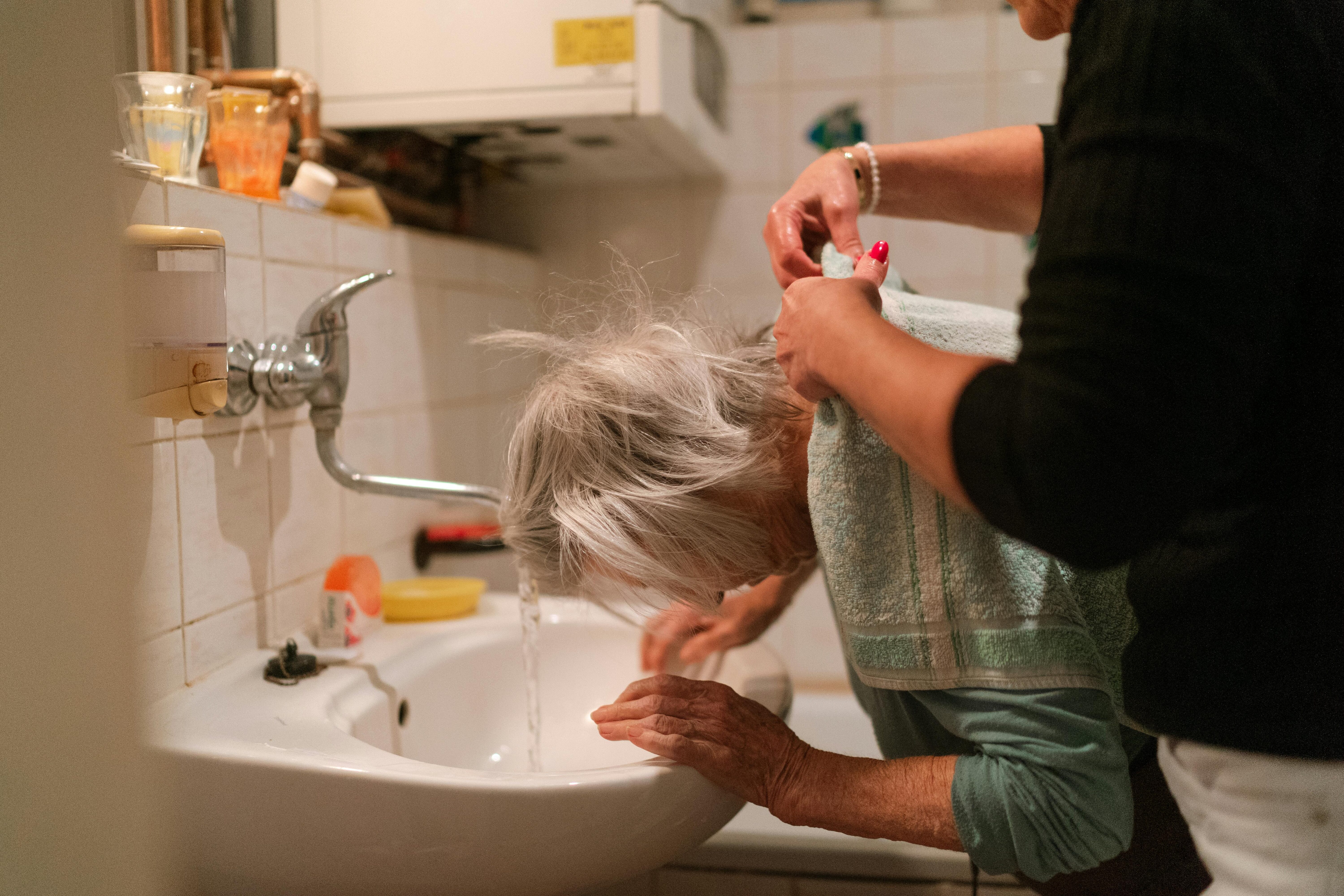Recruiting care workers is becoming an increasingly difficult and costly operation. Job vacancies in the care industry are plentiful. This affords care workers a greater degree of choice and flexibility in choosing who they work for. So, why should they work for you and your home care service? From salary to working conditions, your service needs to be an attractive proposition to skilled care workers. You then need to have the processes and systems in place to keep them, otherwise the process repeats itself all over, costing you time and money, impacting on service delivery. In this blog we will examine how you can attract and retain care workers, helping to make your care service more effective and efficient.
Why is caring for the carers important to your care service?
It’s an obvious question to ask, but why is caring for your carers so important? If we look at your clients for a moment, continuity of care is vital. It builds rapport, trust and establishes a personal touch to your services. Your clients, at a vulnerable stage of their lives, will appreciate consistency and the presence of carers who they like and who understand their needs.
In a situation where you’re constantly shuffling your pack, bringing agency workers in to plug gaps and recruiting anyone to support service delivery, this vital sense of connection between your clients and your service is quickly lost.
One of the questions the CQC asks as part of its single assessment framework is, are your services caring? Where you have consistent, understanding carers who specialise in the area of care they are administering, it makes answering ‘yes’ to that question – and demonstrating it – much easier.
There’s also a financial element to consider for care services here. With lots of vacancies comes a lot of competition for care workers. If you can attract and retain staff, it minimises your need to recruit. This reduces staff costs and a reliance on more expensive agency staff in delivering your care services. If you look after your care workers, they will look after your clients, which in turn will look after your business. It’s a virtuous circle which reduces costs and administrative headaches.
How can you care for your carers?
We’ve established why it’s so important to care for your carers, but how can you achieve this? Your care service is likely a very busy environment, with a multitude of demands being juggled simultaneously. We’ll look at how you can effectively care for your carers, from their appointment through to, hopefully, a long and successful career with you.
- Understand the skills of your carers
Each carer who works in your care services has a unique set of skills and experiences. How can you best deploy them across your clients? Each of your clients, too, has their own unique care needs, so effectively matching your carers to your clients is important.
- Assign your carers to tasks they’re passionate about
A continuation of understanding the skills and experiences of your carers is scheduling them to tasks they’re passionate about. Not only will this help to keep your carers happy, it will have a knock-on effect in the care they deliver to your clients. It’s a logical thing to do, but something that can get lost in the maelstrom of administrative tasks faced by registered managers and administrators.
- Help your carers develop their careers with you
Every care worker wants to advance their career. It helps them to stay motivated, increase their earning potential and realise their own potential as carers. Providing training opportunities is a great way to support your carers. It helps them to develop and also demonstrates that you’ve got their best interests in mind.
- Communication
It sounds simple, but getting communication right between management and carers is crucial. Where you communicate clearly and well, it builds trust and rapport between you and your workforce. Having the means to effectively achieve this is an important consideration. Communication extends beyond on the day, last minute communications, to letting carers know their schedule in advance, equipping them with the relevant information they need for each visit and providing them with a means of recording visits and leaving feedback. This is another aspect to feature on the CQC’s single assessment framework.
- Use the right care management software
Technology plays a fundamental role in the success of care services like yours. From onboarding new clients and care workers, to managing finances and care schedules, using care management software that supports your care services is essential. When choosing the best system for your care service it is important to involve your care workers in the decision making process. They will be the ones using it day in, day out, to deliver your services.
How Certa from CACI can help you care for your carers
Certa is a complete care management software solution designed for care providers. It supports every aspect of care delivery, including the scheduling, communication and understanding of your care workforce.
With bespoke dashboards for each office manager and administrator, you can more easily understand the skills and experiences of your carers, match them to tasks and clients that suit them and create continuity in your care services. You can also better identify areas for improvement, suggest training courses and receive feedback from your carers.
Certa can support you in caring for your carers. For more information, visit www.caci.co.uk/certa/.


